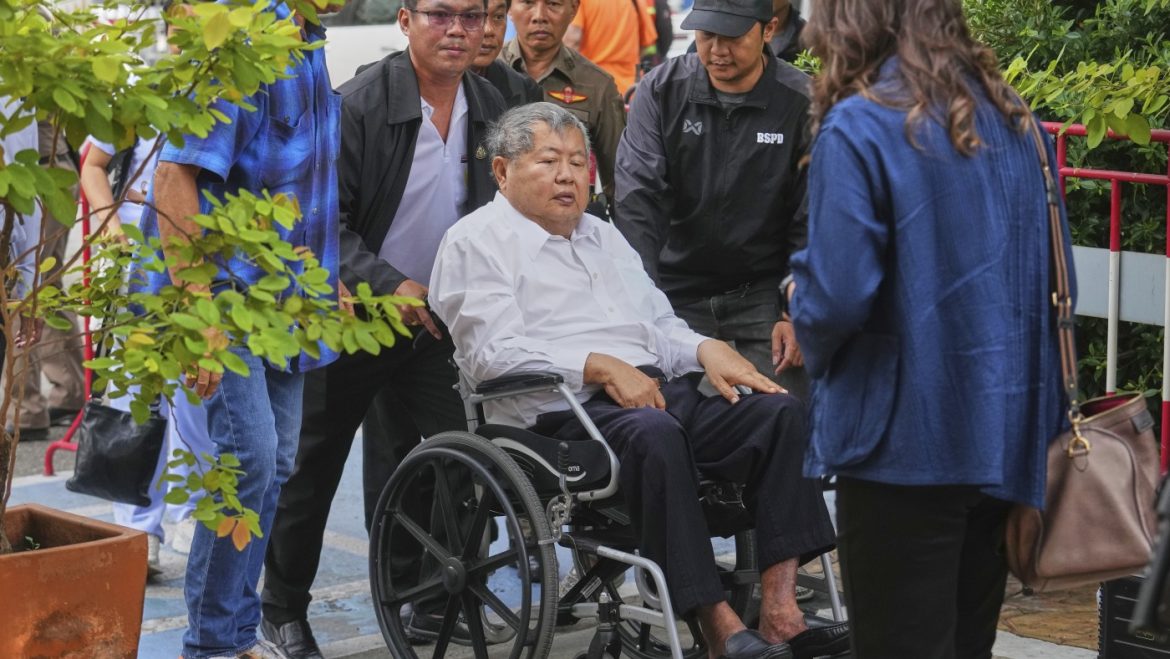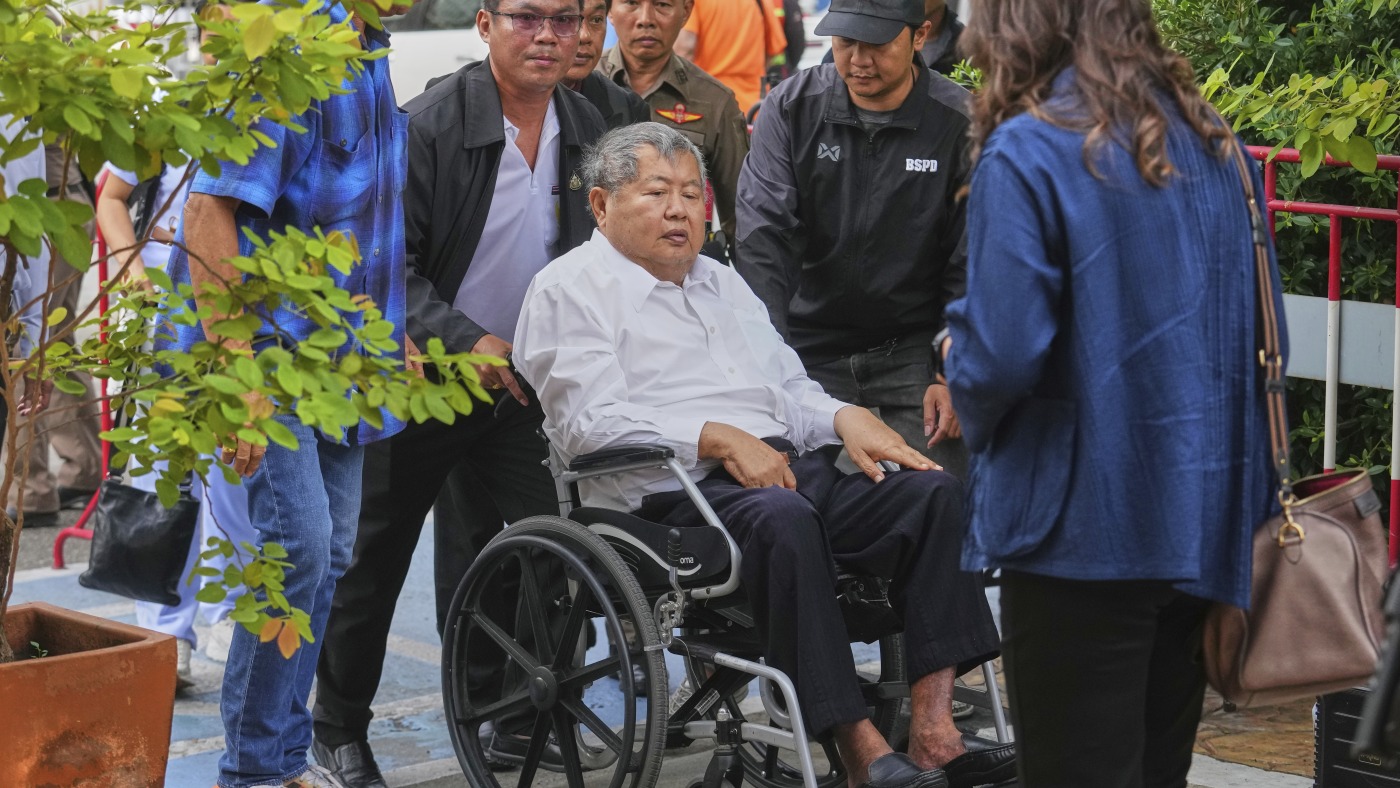The recent collapse of a high-rise under construction in Bangkok amidst the earthquake originating from Myanmar has underscored the critical importance of safety standards, regulatory oversight, and structural integrity in urban development. This incident, which resulted in nearly 92 confirmed fatalities with additional injuries and missing persons, has triggered a ripple of investigations, legal actions, and societal reflection that resonate well beyond Bangkok’s skyline.
Introduction: A Rare Tragedy with Broader Implications
A city’s skyline is often seen as a symbol of economic growth and modernity. Yet, in this instance, the collision of natural forces and potential negligence has delivered a stark reminder: the future of urban architecture hinges not only on design ambition but also on unwavering standards of safety and accountability. The catastrophe, precipitated by a powerful earthquake, laid bare vulnerabilities—both geological and systemic—in Bangkok’s construction practices.
The Event and Immediate Aftermath: Factoring in Earthquakes and Construction Risks
The earthquake, with its epicenter in Myanmar, was of such magnitude and length of fault activity that it affected neighboring regions, including Bangkok. The seismic activity, measured as a significant rupture, destabilized structures nearby. A particular vulnerability was the under-construction office tower, which, despite being part of a booming urban landscape, apparently lacked adequate seismic reinforcement and quality controls.
Rescue efforts swiftly followed, revealing a grim toll: 92 confirmed dead, numerous injured, and some unaccounted for. The emotional toll was compounded by heartbreaking scenes of grieving families, grim vigil gatherings, and ongoing search and rescue missions. The affected site became a ground zero for scrutiny into construction standards and regulatory oversight.
Responsibility and Accountability: The Surrender of Key Figures
Amidst the tragedy, legal proceedings quickly unfolded. The most prominent figure to emerge was Premchai Karnasuta, president of Italian-Thai Development Co, the main contractor involved in the project. Alongside him, several builders, designers, and engineers surrendered voluntarily to authorities, facing criminal negligence charges. These actions reflect the gravity with which Thai authorities are treating the event and signal a recognition that systemic failures may have contributed significantly to the disaster.
The charges, described as felony negligence causing death, hinge on allegations of substandard materials, poor construction practices, and possibly cost-cutting measures aimed at maximizing profits at the expense of safety. The scope of their responsibility encompasses not only the immediate construction but also the oversight and inspection processes that should have prevented such a collapse.
Construction Quality and Cost-Cutting: The Root Causes
Investigations suggest that poor-quality materials, including substandard steel reinforcement, may have played a decisive role in the building’s inability to withstand seismic forces. Reports indicate that cost-cutting measures, perhaps motivated by the intense competition and rapid urban expansion in Bangkok, led developers and contractors to choose cheaper, inferior materials.
A notable concern raised by anti-corruption watchdogs is the irregularities flagged in the building’s construction process prior to collapse. The use of subpar steel bars and substandard construction practices point toward systemic loopholes allowing unsafe work to persist, potentially exacerbated by inadequate regulatory enforcement.
Broader Structural and Regulatory Failures
This incident has prompted a reevaluation of the building safety framework in Bangkok. Although the city is experiencing an economic boom, rapid development has often outpaced safety considerations. The collapse has highlighted the need for stricter building codes, better inspection protocols, and more rigorous adherence to seismic design standards, especially given the region’s geological vulnerabilities.
Further complicating the picture are concerns about political and corporate influence over regulatory agencies, which might have contributed to oversight lapses. There have been reports that prior to the collapse, authorities had received warnings about irregularities in the construction project, yet these concerns were overlooked or insufficiently addressed.
The International Dimension: Chinese Involvement and Censorship
The involvement of Chinese companies and workers introduces another layer of complexity. Reports indicate that Chinese developers and workers were part of the construction team, and some Chinese nationals were questioned during investigations. Efforts by Beijing to suppress news of the tower’s collapse highlight geopolitical tensions and the importance of international cooperation in construction oversight and safety standards.
The scrutiny extends to questions about whether the Chinese firm involved adhered to local building codes and possessed the necessary certifications. This situation exemplifies the global interconnectedness of infrastructure projects and the difficulties in maintaining consistent safety standards across borders.
Legal and Political Ramifications: Justice and Future Policies
In the wake of the collapse, Thai authorities are under pressure to undertake comprehensive reforms. The arrests and voluntary surrenders of executives and engineers exemplify the authorities’ push toward accountability. Court proceedings are expected to establish whether negligence was criminal or systemic, and whether corporate interests undermined safety protocols.
This tragedy might serve as a catalyst for overhauling building safety regulations, establishing independent oversight bodies, and enforcing penalties that deter cost-cutting at the expense of human lives.
Lessons Learned: Building Resilience Amidst Growth
The Bangkok tower collapse reveals that growth and development must be balanced with resilience and safety. This incident allows for multiple lessons:
– The necessity for rigorous quality control during construction, especially in seismic zones.
– The importance of adherence to building codes, with stiff penalties for violations.
– The value of independent inspections and transparency in construction projects.
– The need for proactive emergency preparedness and eviction protocols for under-construction sites in earthquake-prone regions.
– Recognition that rapid urbanization, if unchecked by regulation, can yield tragedies as catastrophic as natural disasters themselves.
Conclusion: Building a Safer Future
The collapse of a Bangkok high-rise during an earthquake is a tragic testament to the perils of neglect and shortcuts in construction. It underscores that safety cannot be an afterthought or merely a regulatory checkbox but a fundamental pillar in all infrastructure projects. As Bangkok commits to justice and reform, the hope is that this incident will lead to stronger standards, better oversight, and a resilient urban landscape that can withstand both natural and man-made shocks.
A Wake-Up Call for Urban Development
This disaster serves as a stark reminder that economic progress must be coupled with unwavering commitment to safety and human life. Whether through stricter enforcement, technological innovations, or cultural shifts in construction practices, the path forward must prioritize resilience without compromising growth—a lesson etched painfully into Bangkok’s skyline.


